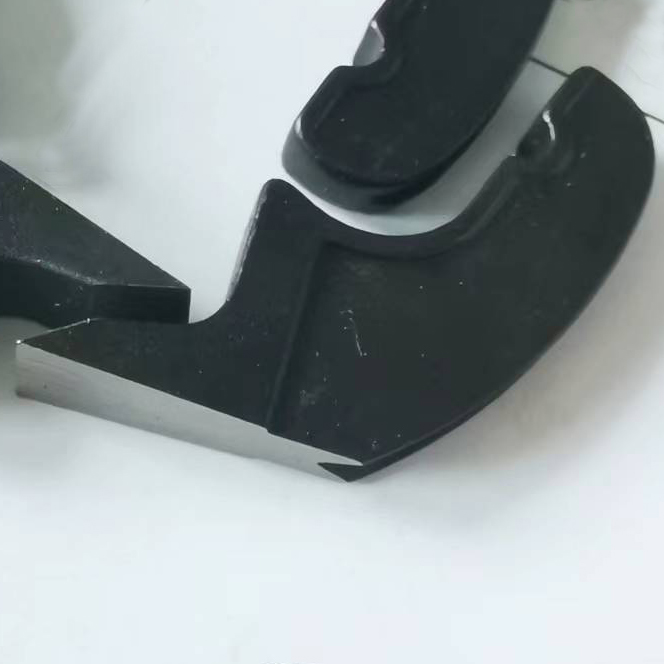Replace Sawmill Teeth Video
In sawmills, the teeth on the saw blades play a critical role in ensuring smooth and efficient cutting of logs into lumber. Over time, these teeth can become worn, dull, or damaged, resulting in decreased cutting performance and increased downtime. To address this issue, sawmill operators often need to replace the sawmill teeth. In this article, we will explore the process of replacing sawmill teeth, highlighting the key steps involved.
Before diving into the details, it is essential to note that replacing sawmill teeth requires proper safety precautions and specialized tools. Operators should always follow the manufacturer’s guidelines and wear appropriate personal protective equipment, such as safety glasses and gloves.
The first step in replacing sawmill teeth is to inspect the condition of the existing teeth. This involves carefully examining each tooth for signs of wear, chipping, or bending. If any teeth are found to be damaged beyond repair, they should be marked for replacement.
Once the damaged teeth are identified, the next step is to remove them from the saw blade. This typically involves using a specific tool, such as a wrench or socket, to loosen the nut holding the tooth in place. It is crucial to exercise caution during this step to avoid any injuries or damage to the saw blade.
After removing the damaged teeth, the next step is to install the new ones. Replacement teeth can be purchased from various suppliers, and it is important to select teeth that are compatible with the specific saw blade model and size. The new teeth should be securely mounted onto the saw blade and tightened properly to ensure stability and effectiveness during operation.
Once all the new teeth are installed, the operator should carefully inspect the entire saw blade assembly to ensure that everything is correctly aligned and tightened. Any loose fittings or misalignments can lead to inefficient cutting and potential hazards. Therefore, it is essential to double-check everything before proceeding.
With the new teeth securely in place, the final step is to test the sawmill’s cutting performance. This can be done by running a few test cuts on a log or piece of wood. The operator should observe the cutting speed, smoothness, and overall performance of the sawmill. If any issues are noticed, adjustments may need to be made, or further inspections should be conducted.
In conclusion, replacing sawmill teeth is a crucial maintenance task that ensures the efficient operation of sawmills. By following the proper steps and precautions, sawmill operators can maintain the cutting performance and prolong the lifespan of their saw blades. Remember to always prioritize safety and consult manufacturer guidelines throughout the process.

